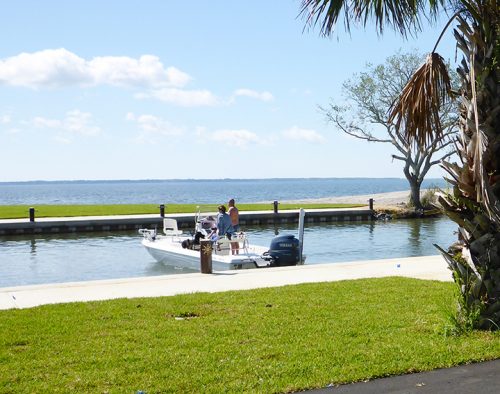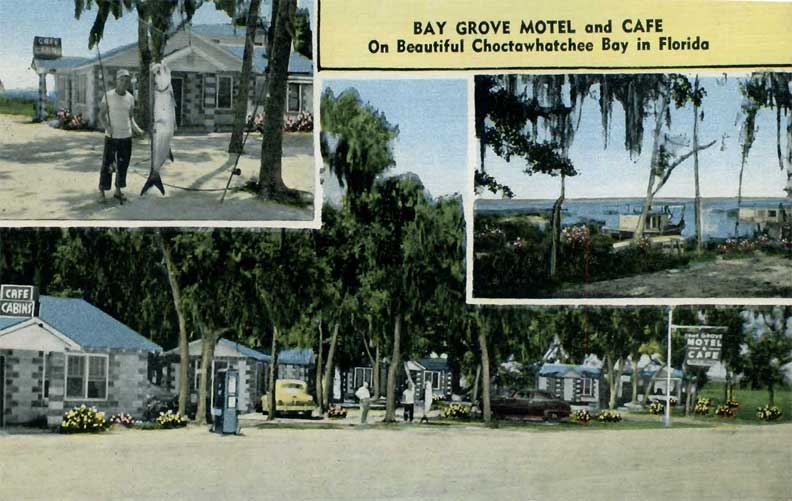By Beckie Buxton, Freeport historian
Have you ever wondered about the Bay Grove Motel, restaurant and service station? Freeport natives tell us that, until after World War II, the building of the “331 Bridge,” was a very large palmetto patch covering the parcel of land on the northwestern shore of the Choctawhatchee Bay. Remnants of the buildings are long gone; the area is now Grady Brown Park.
The tourist industry was very small during the 1920s and 1930s. Poor roads and few bridges made it hard for visitors to access the area except by water.
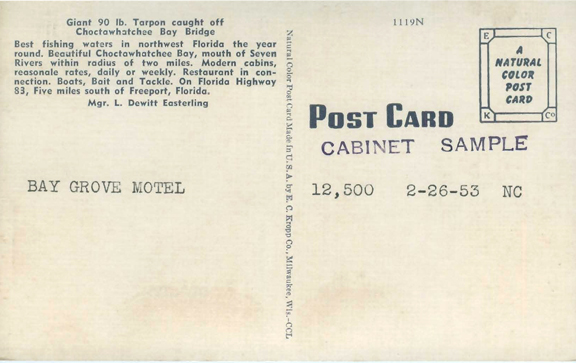
A man named Charlie David Stiller realized that the new Choctawhatchee Bay Bridge, and the end of rationing of fuel and tires, had greatly increased the number of travelers between Alabama and the Gulf beaches.
He bought that palmetto-covered property and developed it as a service station, café, and cottages to attract the trade of the travelers from Alabama.
The café served very good seafood and was popular with locals as well. Teenagers enjoyed the hamburgers and made it a hang out.
In the 1950s, if a person liked to water ski, or enjoyed watching others water ski, the “bridge fill” adjoining Bay Grover was the place to park and visit on a Sunday afternoon. Soil for the causeway needed as an approach to the long bridge was dredged from the bottom of the bay. Hence the name of the area called “bridge fill,” although those who do not know its history sometimes call it the bridge “field” area.
There was land purchased with a plan to build a drive-in theater in the Bay Grover area at on time. It was advertised in the local newspapers.
Walton resident Patrick Pilcher remembers a boat marina with a bulk head area that accommodated large boats.
“The water was much deeper back then,” Pilcher recalled.
Although they continued to be viable until the 1970s, the once busy businesses of Bay Grove were sold and finally fell into disrepair.
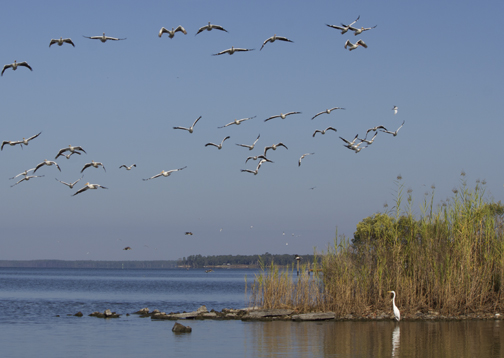
Memories of it, however, will always include the dream of its developer, Charlie Stiller.
We know that Stiller was born in June of 1910 in Bruce, Walton County to Thomas E. Stiller and Lorna Stiller. His was Annie, was born about 19111 in North Carolina. Charlie’s siblings were Emma, Buford, L.V., Littie, and Daniel.
Prior to undertaking the Bay Grove complex, Charlie Stiller was already an industrious man. He had developed a lucrative pulpwood business, and had many employees in the area. At the time, the United States Deparment of Commerce assured that millions of tons of wood puplp would be needed in the years during and following World War II. As the need for pulpwood escalated, Stiller would sometines purchase a parcel of property, cut the timber from it, and then sell that property. He soon bought and sold enough land that he became active in Real Estate.
His employees would haul the stumps to Pensacola for extraction of tar and resins. In that way, he was also in the naval stores business.
Did you know:
– Resin is the sap that comes from a pine tree.
– A stiller was the person who made the pine resin into spirits of turpentine.
Charlie Stiller began paying his pulpwood employees with tokens and opened a grocery store and dance hall east of Freeport where his employees could pay for their groceries with the tokens.
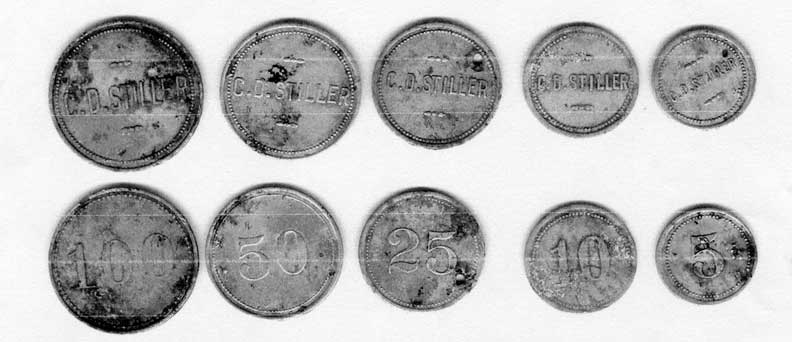
For a good while lumbering (pulp wooding) and turpentine industries were successful, but declined as the source of trees became less. However, Charlie Stiller continued to be well known as a businessman in the area for years.
Charlie Stiller lived to the age of 78, and at the time of his death lived in DeFuniak Springs.
Beckie Buxton was a Freeport native, historian, and Panhandle educator. She shared a few of her stories with Walton Outdoors before she passed on in 2018. Learn more about Freeport’s history at the Heritage Center located on SR20.
